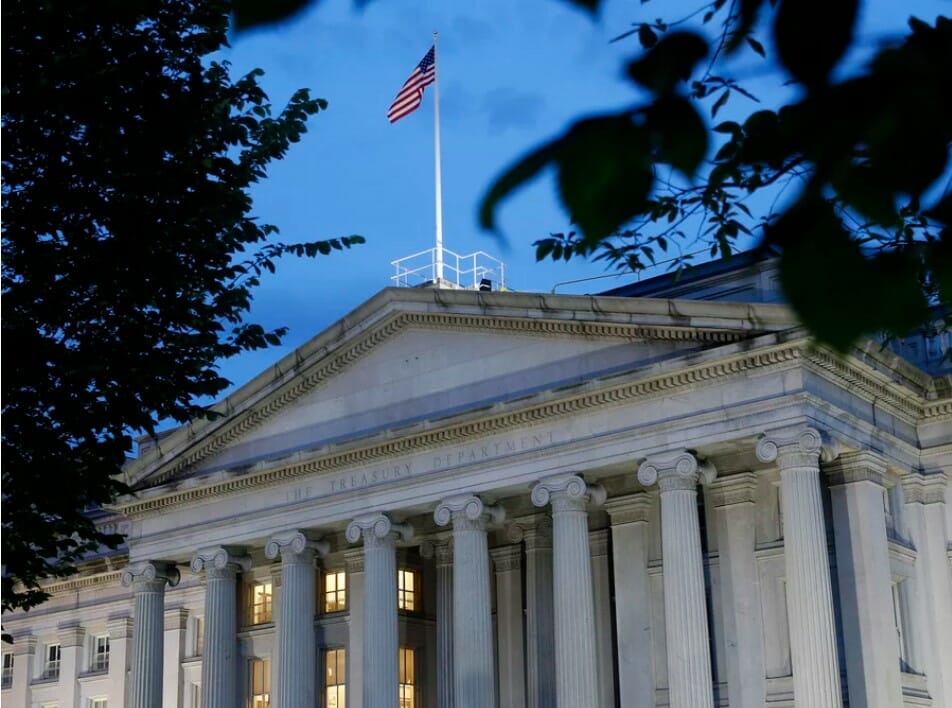KUALA LUMPUR, 30 JUNE: The latest loan moratorium imposed under the PEMULIH stimulus package on Monday (June 28) is projected to postpone Malaysian banks’ recoveries, making them Asian outliers, according to S&P Global Ratings. The rating agency stated in a statement that because to the resurgence of additional Covid-19 waves and the anticipated disruptions in near-term economic forecasts, the route to normalization for Malaysian institutions is likely to be lengthy.
“Key variables in charting the course of the banking sector’s asset quality trend are the length of the current national lockdown in Malaysia and the effective containment of the epidemic,” said S&P Global Ratings credit analyst Nancy Duan.
According to S&P, the new moratorium, which is being provided to borrowers and consumers on an opt-in basis, will prevent new non-performing loans (NPLs) from being formed until early 2022, further distorting the industry’s already underreported impaired loan ratio.
According to the report, the industry ratio of NPLs has remained stable at 1.5 percent to 1.6 percent since December 2019, despite the GDP contracting 5.6 percent in 2020 due to Covid-19.
It also stated that the six-month debt payment holiday, which will begin on July 7, 2021 for all individuals, microenterprises, and qualified small and mid-sized debtors, will result in few slippages in the second half of 2021.
“However, we don’t expect a significant increase in the moratorium’s take-up rate from the existing 15%. This is due to the additional interest cost that moratorium borrowers will face, as well as the fact that most household and corporate borrowers in Malaysia still have good balance sheets “It was stated.
Most weak credits, according to S&P’s base assumption, are already covered by ongoing targeted assistance programs.
Furthermore, it stated that greater involvement from uncovered debtors should be gradual, unless there is a long lockdown and a serious deterioration in work conditions.
During the first six-month blanket moratorium in 2020, the moratorium take-up rate peaked at 75 percent to 80 percent of the industry loan book.
“Our credit costs projections, which are a measure of loan-loss provisions, show that Malaysian banks will lag behind many other regional banks in terms of recovery timescales.
“For the years 2021 and 2022 combined, we expect Malaysian banks to face cumulative credit costs of 110-120 basis points (on gross loans). By the end of the decade, the industry-wide NPL ratio should have risen to 3% to 4% “”2, in our opinion,” it stated.
While reported NPLs are still low, Malaysian banks have maintained a careful provisioning policy, as evidenced by the gap between high credit costs and low reported NPL ratios, which is expected to continue in 2021.
S&P estimates that the industry’s impaired-loan coverage ratio remained at 40% by end-April 2021, up from 37% at the end of 2020; unimpaired loan coverage was 1.1 percent in April 2021, up from 0.7 percent to 0.8 percent in 2019.
“Our current credit evaluation of Malaysian banks is based on their strong capital positions, stable liquidity, and cautious risk management policies.
”
The negative view we have on all Malaysian banks reflects the negative perspective we have on the country’s sovereign rating. Despite decreased rating buffers, we maintain our view on the local banks’ stand-alone credit profiles “It was stated. Continue reading





